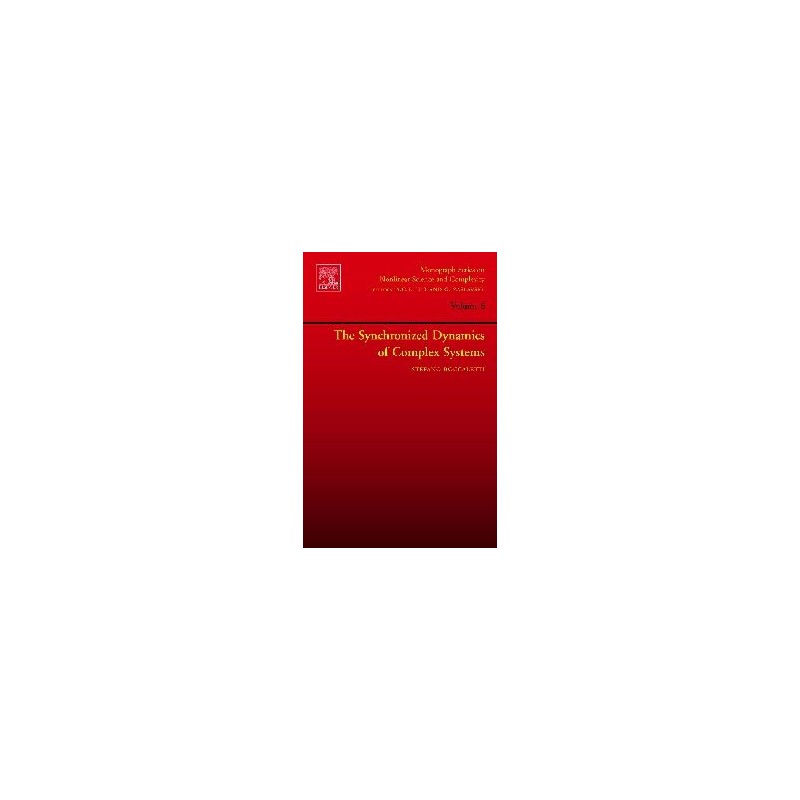- Obecnie brak na stanie



Akcelerator AI ze złączem USB oparty na układzie Intel Movidius Myriad X Vision Processing Unit 4GB. Może współpracować z systemami Ubuntu 16.04, Windows 10 i Rasbian. Intel NCSM2485.DK
Brak towaru
Brak towaru
LCFM-1 - PRZENOŚNY MIERNIK INDUKCYJNOŚCI, POJEMNOŚCI I CZĘSTOTLIWOŚCI - PŁYTKA DRUKOWANA
Brak towaru
Brak towaru
Moduł Bluetooth Low Energy w standardzie 5.0. Ma całkowicie zintegrowany stos oprogramowania Bluetooth.. Microchip RN4871-I/RM128
Brak towaru
Brak towaru
Brak towaru
Brak towaru
Filament firmy ROSA3D wykonany z wysokiej jakości granulatu PLA-Silk charakteryzującego się intensywną barwą oraz wyjątkowym połyskiem. Na szpuli nawinięte jest 0,8 kg filamentu o średnicy 1,75 mm. Filament ROSA3D PLA-Silk Fuchsia
Brak towaru
Stephen Forte, Thomas Howe, Kurt Wall, Paul Kimmel, Russ Mullen
Brak towaru
Brak towaru
Płytka rozwojowa z sensorami MEMS umożliwiająca zmierzenie ruchu, wysokości nad ziemią, ciśnienia, temperatury, pola magnetycznego oraz pozycji. Pozwala na demonstacje możliwosci czujników Feescale Xtrinsic. Zestaw współpracuje z nastepujacymi platformami:
Brak towaru
Brak towaru
Brak towaru
Brak towaru
Brak towaru

